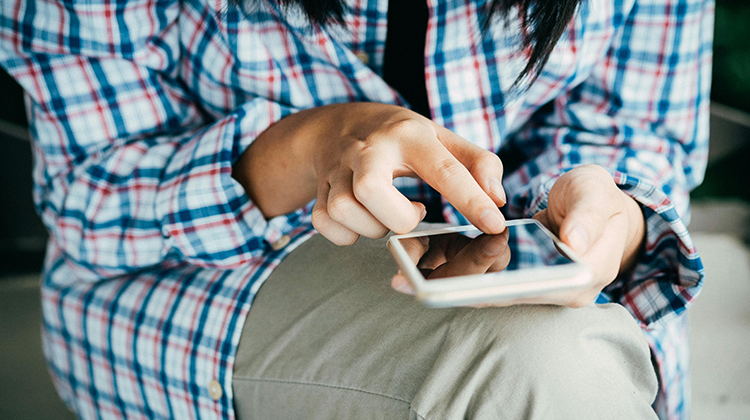Safe Sext

It’s a sign of the times that young people’s first sexual experiences will likely be on a device rather than in person, most report their first experience of sexting between ten and 13-years-old and in many cases, this is before their first kiss.
Sexting involves taking self-made naked or partially naked sexual photos, videos or explicit texts and sending them online or via a mobile phone, “nudes” or “dick pics” in young people parlance.
A 2021 survey of almost 7000 Australian teenagers (aged 14 to 18) found sexting was “ordinary practice”. Of those surveyed, 86% reported they had received sexts and 70% said they had sent them.
The advice given to youth is not to get involved, simply don’t sext, but that message is clearly falling upon deaf ears so the conversation needs to shift towards doing it safely.
Maintaining an open dialogue and a shame-free stance will allow young people to feel safe to discuss anything with the adults in their lives. It also helps if teens know parents will help in a crisis, rather than punish them.
In most states and territories in Australia, it is legal to have sex when you are 16, but you need to be 18 to sext as the creation of sexual images of people who are minors is seen as creating child sexual exploitation materials. This makes sexting between young people under 18, consenting or otherwise, both legally and ethically complex.
Generally if you are in possession of a naked image of someone under 18 or send a naked image of someone under 18, you are breaking the law. It is even illegal to own a naked photo of yourself under 18, even if that image is never sent to anyone.
New research out of Edith Cowan Uni by Giselle Natassia Woodley and Lelia Green explores Australian teens’ experiences with sexting and sext education, the researchers did 49 interviews with 30 young Australians (aged 11 to 17), with 19 repeat interviews a year later.
Young people in the study said education about sexting in school tends to be based around risks, often in response to a particular incident and is mostly ignored by students. Lauren (14) said:
"They more veer on the safety side of things […] why nudes are bad […]."
She argued this didn’t work.
"They [teens] know the warnings, but it just sort of goes in one ear and out the other. I don’t think kids listen to that."
Teens know sexting has a “dark side”. For many, their first sext was an unsolicited image known as “cyberflashing”. Many knew of peers who had their own images leaked by other students without their consent. This sharing and leaking of private images has previously been known as “revenge porn” and forms part of an array of behaviours known as Technology-Facilitated Sexual Violence, which is illegal.
Comprehensive sexuality education has been proven to delay first sexual experiences and increase contraceptive use. This shows providing young people access to sexual information can protect them.
Teens wished they had been taught about sexting before encountering it so they could “be prepared”. Secondary school students said sexting education should begin in upper primary school with age- appropriate discussions continuing into high school, where, as Tiffany (15) said, sexting “happens regularly, daily”.
Recent guidance to schools in the United Kingdom around sexting reduces the emphasis on legal issues, while attempting to minimise shaming of young people who sext.
Indeed, online sex is sex, forming part of a repertoire of sexual behaviours. Offering non-judgmental information acknowledges sexuality as a legitimate part of human development.
Parents and teachers can offer balanced information that identifies potential dangers but also acknowledges the reality of young people’s behaviours.
Instead of “don’t do it”, teens may be more receptive to discussions about consent and mutual respect for one another’s bodies as they would (and should) in real life.
*Names have been changed.
This is an edited version of Giselle Natassia Woodley, Researcher and Phd Candidate, Edith Cowan University and Lelia Green's Professor of Communications, Edith Cowan University article ‘We teach school kids about safe sex. We need to teach safe sexting too’ The Conversation.
Image by Porapak Apichodilok